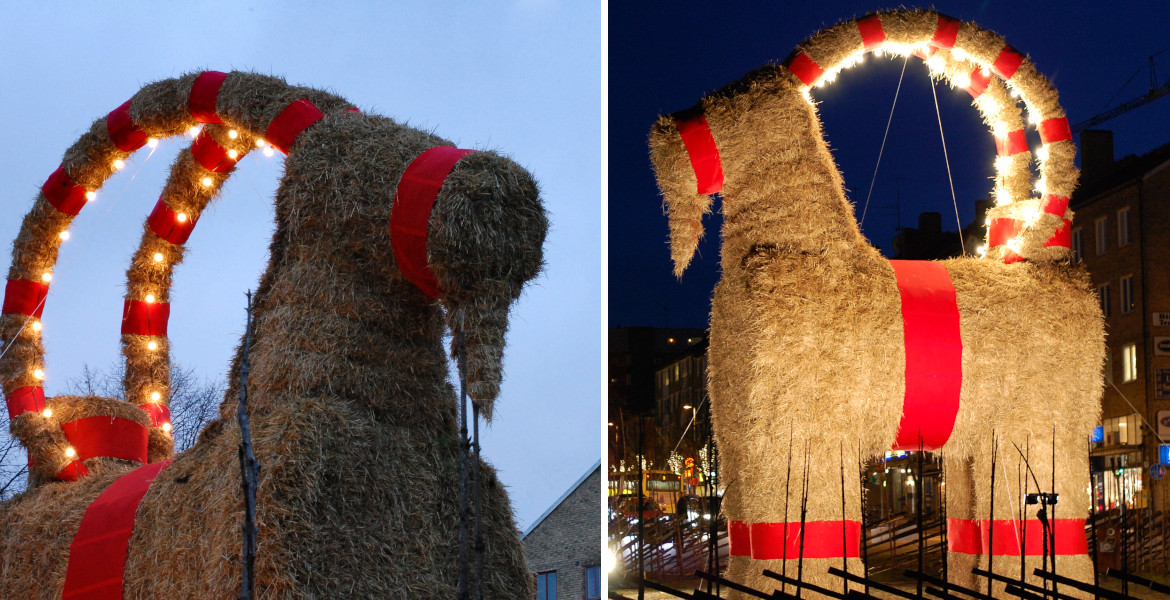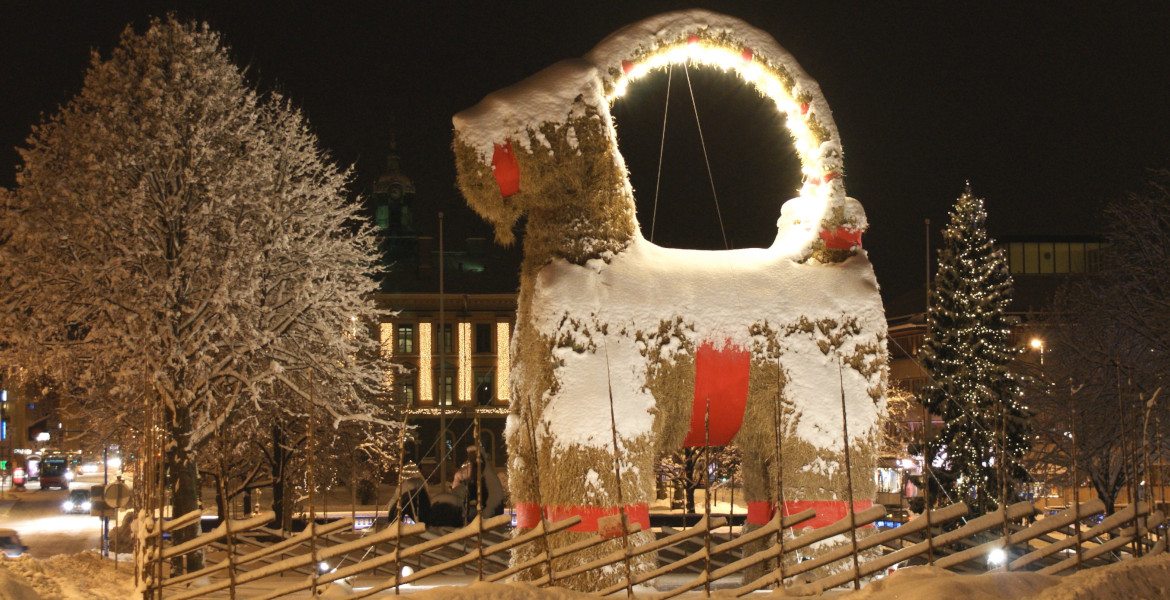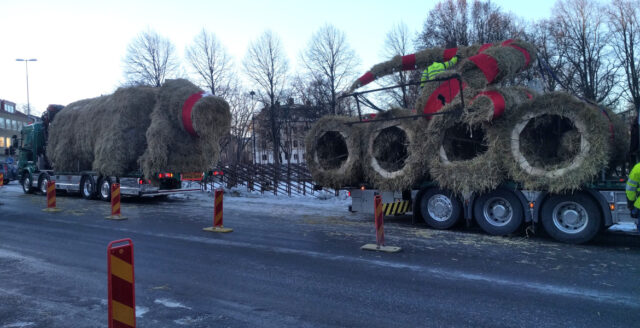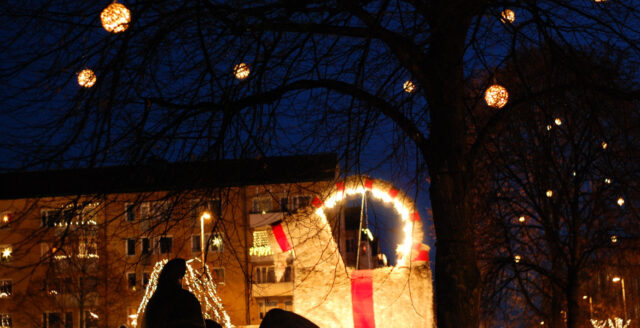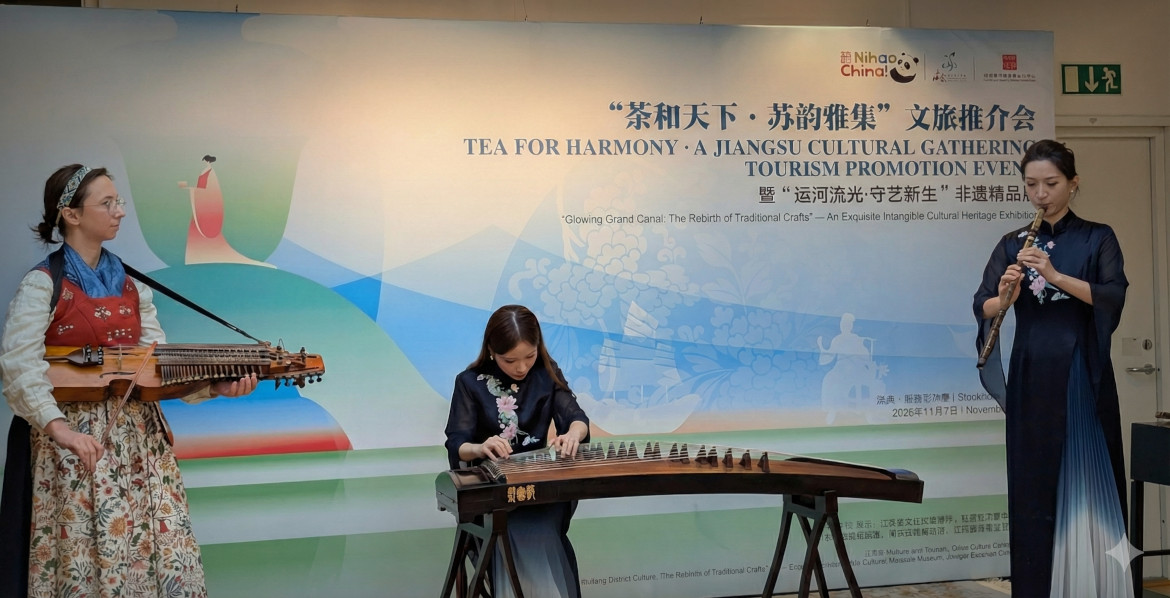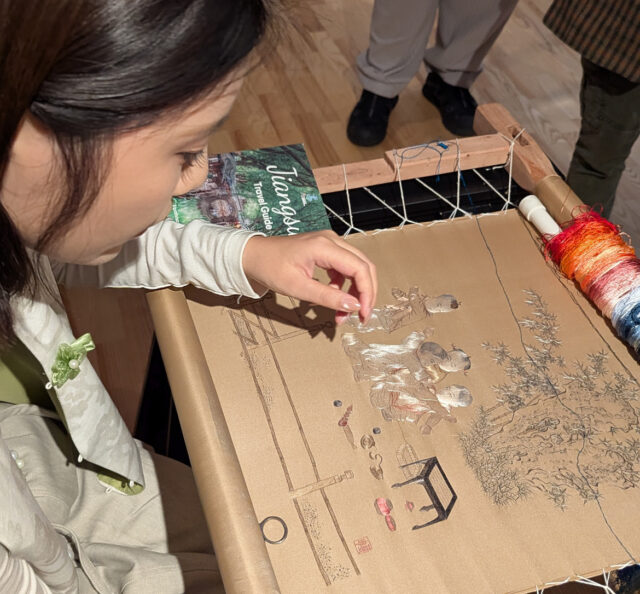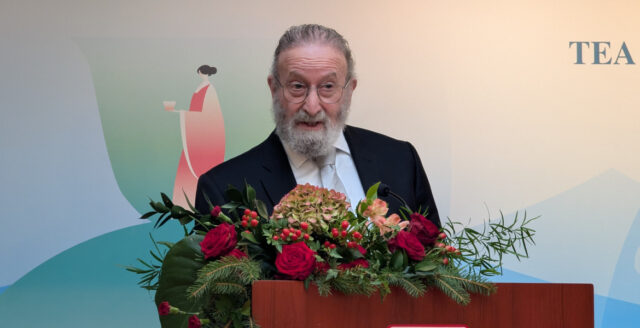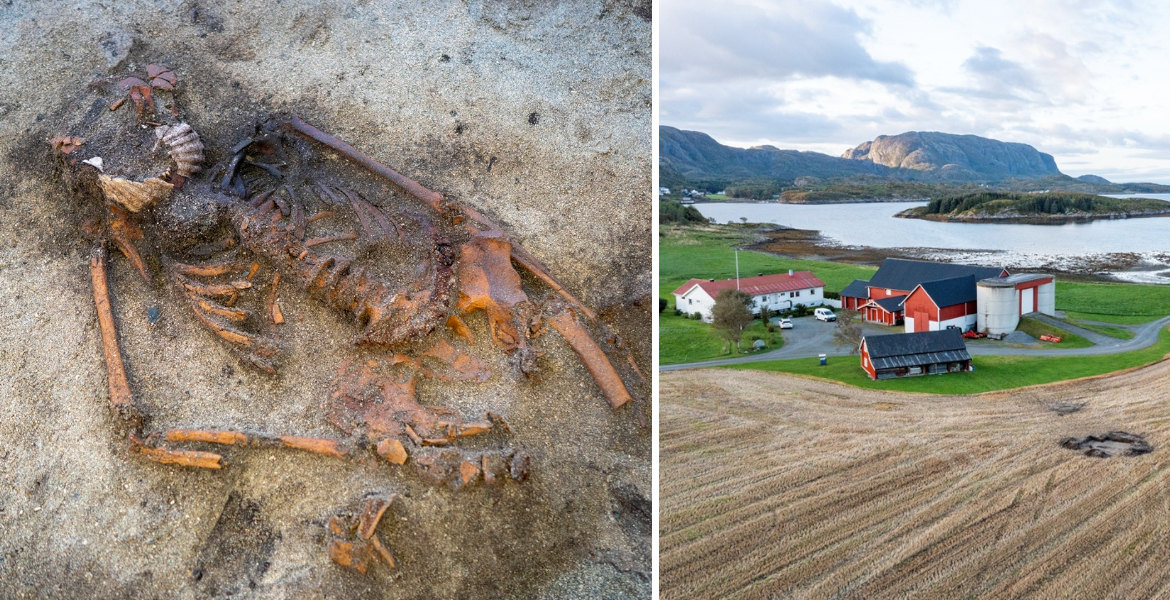The Danish King Christian II is best known in Sweden as Christian the Tyrant for his treacherous orgy of violence after taking over as king of Sweden in 1520. Now the story will soon see the light of day in two ongoing productions as the Stockholm bloodbath is reconstructed for the silver screen.
Produced by nordic film giant SF Studios and with the (imaginative) working title "Stockholms blodbad", the film is scheduled to start shooting next year. There is also competition from Nordisk Film & Viaplay Studios' "Stockholm Bloodbath".
Director Mikael Håfström reunites with screenwriter Erlend Loe (Quick) in one of the two competing productions.
– It's a story of political power play and intrigue that is as relevant today as it was 500 years ago, Michael Håfström told industry magazine Variety of his decision to direct Stockholm Bloodbath.
Michael Håfström is one of Sweden's most famous and acclaimed directors at the moment, with films such as Evil (2003) and the Stephen King adaptation 1408 (2007) under his belt. With Stockholm Bloodbath, he is directing his fourth Swedish feature film.
The film's producer Helena Danielsson describes the film as a Scandinavian mix of The Favourite, Gladiator and Game of Thrones. Filming is currently taking place in Hungary and the Czech Republic, among other places.
The cast is not without merit, with a mix of domestic and international talent. With names like Claes Bang, Adam Pålsson, Jakob Oftebro, Mikkel Boe Følsgaard, Matias Varela, Sophie Cookson, Emily Beecham, and others, there is hope for quality.

Bloodbath movie number two is the SF-produced version that takes a different approach to the story. This version is reportedly more focused on the story of Kristina Gyllenstierna, wife and later widow of the legendary Sten Sture. Gyllenstierna later became one of the leading figures in the defense of Stockholm and the Danish siege of Stockholm Castle.
– It's time to give the audience a major movie - action, betrayal, love, power struggle. All with a pregnant mother in the center, said Yaba Holst, Head of Nordic Acquisition at SF Studios, in a press release.
The script is part of the Swedish Film Institute's initiative on female screenwriting "for the development of major film projects with large budgets". The acquisition of the rights to Stockholm's Bloodbath is also part of SF Studios' commitment to producing commercial and quality feature films for an international audience. Filming is scheduled to start in 2023.
Whether SF's approach and the company's comments on the project should be interpreted as giving the film a more politically correct costume compared to Mikael Håfström's version remains to be seen. We will have to wait until 2024 for the verdict on both of these thrilling blood-soaked productions, when both are scheduled to premiere.
The Stockholm bloodbath was the trials and subsequent executions that took place in Stockholm on November 7-9, 1520 after the Swedish defeat in the war against Denmark. The events began immediately after the coronation of Christian II as King of Sweden, when the guests at the coronation feast were summoned to a meeting at the palace.
Allegedly based on canon law, up to 100 people were executed in the following days. After the bloodbath, the Danish king became known as Kristian Tyrann (Kristian Tyrant) in Sweden.
Among those executed were many other members of the aristocracy who had supported the Sture Party, which wanted to dissolve the so-called Kalmar Union between Denmark, Norway and Sweden - including Gustav Vasa's father. Christian II's rule ended in 1523 when Gustav Vasa successfully organized a rebellion and, after taking power, broke up the Kalmar Union.

